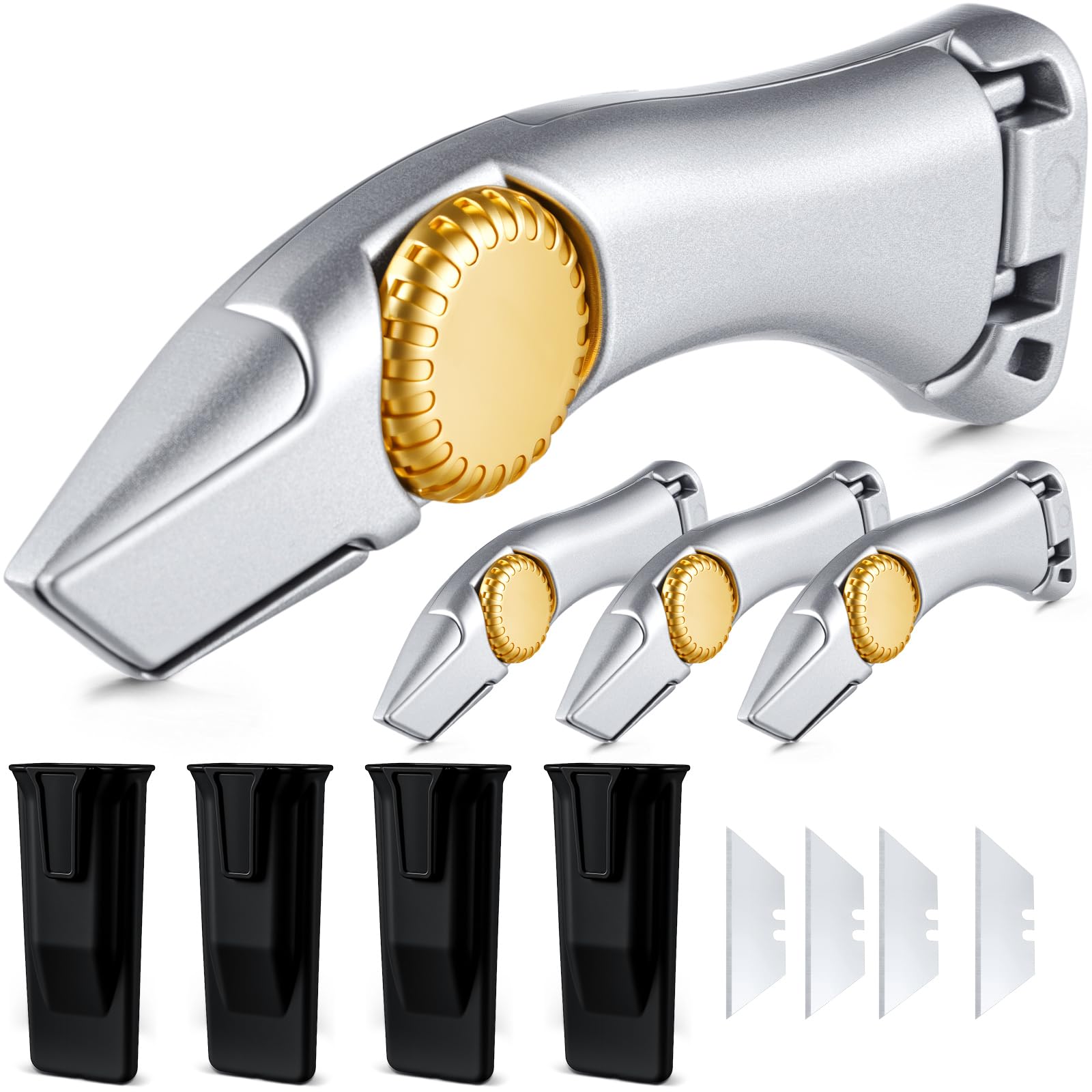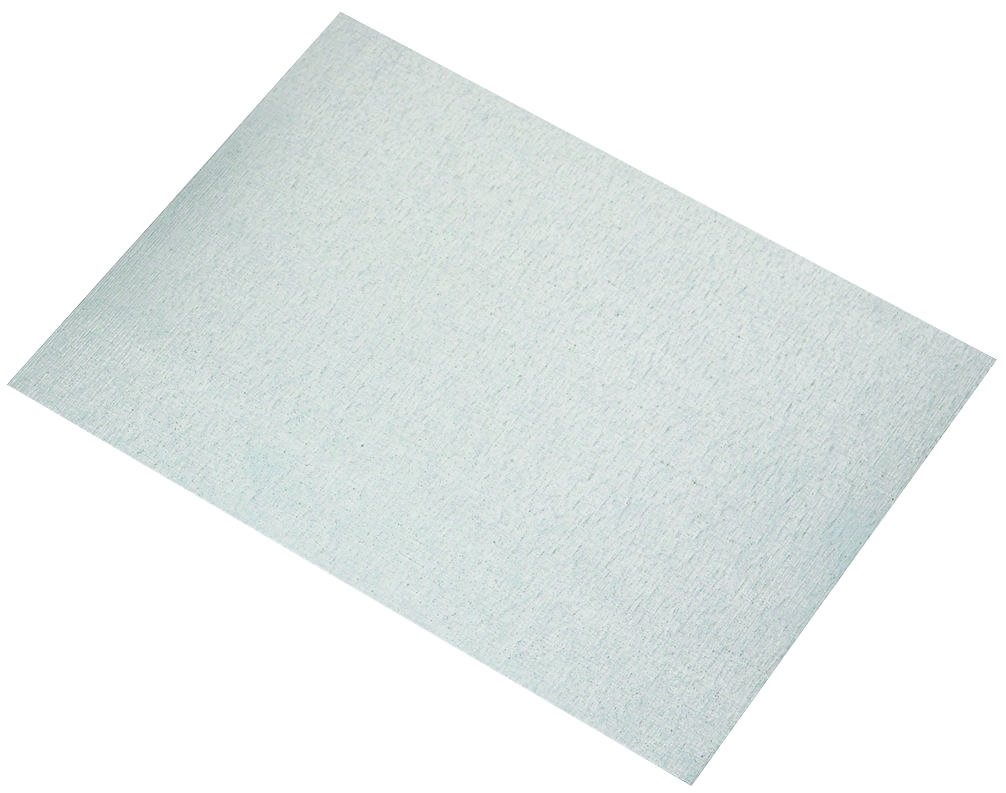⛰️ Roof Valley Calculator & Valley Length Calculator – Complete Guide
Measure total roof valley footage for accurate flashing, underlayment, and shingle planning. Includes pitch factor, overlap allowance, waste buffer, and cost breakdowns.
Roof valleys handle the heaviest water flow on a roof. Because two slopes converge, water volume and velocity spike—making valleys the most leak-prone area if not measured and detailed correctly. This page combines a practical roof valley calculator (for total footage and cost) with a field-tested planning guide so you can order materials with confidence and install them the right way.
The calculator below supports the inputs pros actually use: number of valleys, average length per valley (ft), waste buffer (%), pitch factor to account for slope geometry, and an optional overlap allowance (ft) per valley for metal lap seams. Add a cost per foot to instantly see total budget and a per-valley/linear-foot breakdown.
After running your numbers, skim the examples and best practices for guidance on open vs. closed-cut vs. W-valleys, underlayment and ice-barrier requirements, and the minimum laps that prevent water intrusion under heavy rain or melt. Accurate valley length planning = fewer surprises and fewer callbacks.
✅ Precision in valleys pays for itself in avoided leaks and rework.
📐 Roof Valley Calculator
Quick presets:
Result will appear here
🔧 Recommended Roofing Tools & Supplies
💡 Valleys channel the most water — always use high-quality flashing and proper laps.
📐 Valley-specific guidance will appear here after calculation.
📖 Complete Guide to Roof Valley Planning
A roof valley is the internal angle where two roof planes meet. Because valleys collect water from multiple surfaces, detailing and materials must be robust. Measurement mistakes here lead to shortages, stalled crews, and leak risks. This guide explains how to estimate length precisely and how to choose between open metal valleys, closed-cut shingle valleys, and W-valley systems.
1) Measuring Valley Length
- Measure the projected run along the valley centerline.
- Apply a pitch factor to account for slope geometry.
- Add an overlap allowance per valley for lap seams.
- Include a waste buffer (cuts, trim, irregularities).
2) Typical Valley Details
- Open valley (metal): Metal exposed; excellent drainage; easy debris shedding.
- Closed-cut valley: One shingle field is cut along the valley line; cleaner look, but cutting skill matters.
- W-valley (ribbed): Center rib separates flows; reduces cross-wash under heavy rain.
3) Underlayment & Ice Barriers
Most manufacturers require an ice & water shield or valley liner beneath metal or shingle valleys. In cold climates, extend ice barrier upslope per code. Always follow current spec sheets.
4) Common Mistakes
- ❌ Under-ordering because pitch and laps weren’t included.
- ❌ Nailing too close to the valley centerline.
- ❌ Using woven/closed valleys in heavy-debris areas.
- ❌ Skipping valley liner or ice barrier where required.
📊 Worked Examples
Example 1: Three Valleys, Moderate Pitch
- Valleys: 3 · Avg length: 22 ft
- Pitch factor: 1.12 · Overlap: 1.0 ft per valley
- Waste buffer: 10%
- Base total = 3 × 22 = 66 ft → with pitch = 66 × 1.12 = 73.92 ft → add overlap = +3.0 ft → 76.92 ft → with waste 10% = 84.61 ft (round to 85 ft).
Order by full lengths; round up to common stock sizes.
Example 2: Steep Mansard, Heavy Laps
- Valleys: 4 · Avg length: 18 ft
- Pitch factor: 1.22 · Overlap: 1.5 ft per valley
- Waste buffer: 12%
- Base = 4 × 18 = 72 ft → pitch = 72 × 1.22 = 87.84 ft → overlap = +6.0 = 93.84 ft → waste 12% = 105.10 ft (round to 106 ft).
Consider W-valley metal for cross-wash on steep slopes.
Example 3: Closed-Cut Aesthetic, Mild Pitch
- Valleys: 2 · Avg length: 24 ft
- Pitch factor: 1.10 · Overlap: 0.75 ft per valley
- Waste buffer: 8%
- Base = 2 × 24 = 48 → pitch = 48 × 1.10 = 52.8 → overlap = +1.5 = 54.3 → waste 8% = 58.64 ft (round to 59–60 ft).
Use clean cuts; avoid nails near the valley line.
🔧 Recommended Roofing Tools & Supplies
Disclosure: This section contains affiliate links. As an Amazon Associate, we earn a small commission from qualifying purchases — helping us keep SmartRoofingCalculator free to use.
🖼️ Visualizing Valley Components
The diagram (placeholder) shows centerline, lap zones, nail-free area, and underlayment/ice barrier coverage. Slope increases effective length, so pitch factor ensures you don’t under-order.
[Diagram Placeholder: Valley centerline, laps, nail-free zone, liner]
🔧 Recommended Roofing Tools & Supplies
Disclosure: This section contains affiliate links. As an Amazon Associate, we earn a small commission from qualifying purchases — helping us keep SmartRoofingCalculator free to use.
✅ Best Practices from Roofers
- Include pitch factor, lap allowance, and waste in total footage.
- Use ice/water shield or liner under all valleys per climate and code.
- Keep nails away from the centerline; follow manufacturer nail zones.
- Prefer open or W-valleys where debris is common or rainfall heavy.
- Round up to stock lengths; avoid too many small seams.
- Seal cut edges as specified; don’t rely on sealant in place of laps.
❓ Frequently Asked Questions
What is a roof valley calculator?
A tool that estimates total valley footage across your roof so you can plan flashing, underlayment, and shingle treatment accurately (including pitch, laps, and waste).
How do I use a valley length calculator?
Enter valley count, average length, a sensible waste %, pitch factor, and overlap allowance. Optionally add cost per foot to get budget totals and per-valley subtotals.
How much should I overlap valley flashing?
Common laps are 6–12 inches (0.5–1.0 ft). In severe weather or steep slopes, laps may increase—always follow manufacturer guidelines.
Open vs. closed-cut vs. W-valley?
Open metal drains best and sheds debris; closed-cut looks cleaner but demands careful cutting; W-valley adds a center rib to reduce cross-wash.
Do I need an ice barrier?
In cold climates: yes, extend per code. In milder climates, a valley liner is typically still required by manufacturers.
🔗 References & Further Reading
- NRCA — National Roofing Contractors Association
- CertainTeed Shingle & Valley Application Guides
- GAF Technical Bulletins: Valleys & Underlayments
- Owens Corning Roofing — Valley Details
- International Code Council (ICC) — Residential Codes
Always follow current manufacturer instructions and local building code.
🔁 Related Tools
- Roof Area Calculator — confirm areas before valley detailing.
- Pitch Calculator — slope factors and charts.
- Underlayment Estimator — valley liners & coverage.
- Ridge Cap Estimator — hips & ridges after valley planning.
👷 About & Editorial Standards
Prepared by the SmartRoofingCalculator Team (20+ years combined estimating & field experience). Reviewed against current manufacturer literature and common code guidance. Tools are updated as standards evolve.
Last updated:








